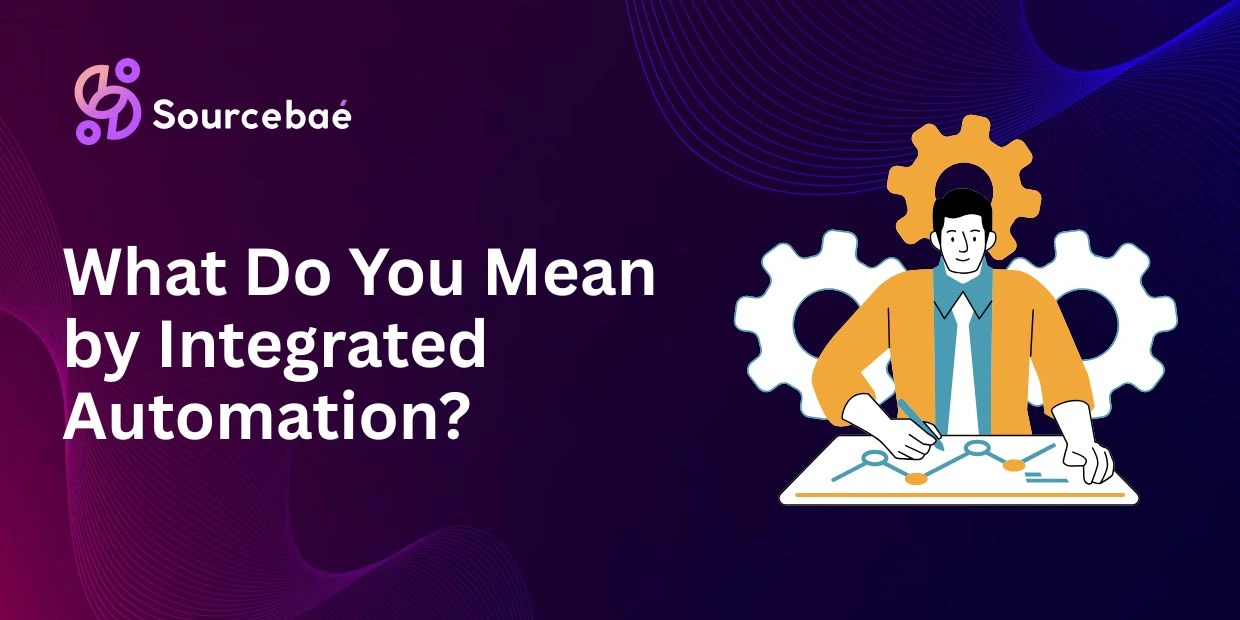In the rapidly evolving world of technology, integrated automation has emerged as a game-changer for businesses seeking to streamline their operations and boost productivity. But what exactly does ‘integrated automation’ entail? Let’s delve into this transformative concept and unlock its potential step by step.
Integrated automation refers to the seamless integration of diverse automated systems, processes, and technologies within an organization, forming a cohesive and interconnected framework. This amalgamation is orchestrated to optimize workflow, enhance efficiency, and facilitate real-time decision-making.
Integrated automation leverages advanced technologies like Artificial Intelligence (AI), Machine Learning (ML), Internet of Things (IoT), and Robotics. By interconnecting these technologies, an organization can achieve a synchronized flow of information and actions across various departments, thus achieving optimal operational efficiency.
The primary goal of integrated automation is to eliminate silos and create a unified ecosystem where data flows effortlessly, empowering organizations to make informed decisions swiftly and adapt to changing market dynamics.
Understanding the Components
Integrated automation encompasses several key components that work harmoniously to ensure seamless operations and achieve desired outcomes. Let’s explore these vital components:
1. Artificial Intelligence (AI) Integration
AI integration involves incorporating AI algorithms and models into existing systems. These AI-driven systems can analyze data, recognize patterns, and make intelligent decisions, significantly enhancing overall operational efficiency.
2. Internet of Things (IoT) Connectivity
IoT connectivity involves linking physical devices and objects to the internet, enabling them to communicate and share data. This data can be analyzed to gain valuable insights, leading to proactive decision-making and predictive maintenance.
3. Machine Learning (ML) Algorithms
ML algorithms allow systems to learn from data, adapt to new information, and optimize processes autonomously. ML-driven systems can predict outcomes and continuously improve based on evolving data patterns.
4. Robotic Process Automation (RPA)
RPA involves automating repetitive and rule-based tasks using software robots, freeing up human resources to focus on more strategic and creative endeavors. RPA significantly enhances efficiency and accuracy in routine operations.
5. Advanced Analytics
Advanced analytics involves the use of sophisticated tools and techniques to analyze data and derive actionable insights. This analysis aids in making data-driven decisions and refining strategies.
FAQs
What are the Benefits of Integrated Automation?
Integrated automation offers a plethora of benefits, including:
- Enhanced operational efficiency
- Improved accuracy and consistency
- Faster decision-making
- Cost savings through reduced manual effort
- Increased agility and adaptability to market changes
- Better customer experiences through personalized services
How Does Integrated Automation Impact Employee Productivity?
Integrated automation optimizes workflows, reducing the time and effort required for routine tasks. This, in turn, boosts employee productivity as they can focus on more strategic and value-added activities, driving business growth.
Is Integrated Automation Suitable for Small Businesses?
Absolutely! Integrated automation is scalable and adaptable, making it suitable for businesses of all sizes. Small businesses can automate key processes to enhance efficiency, reduce costs, and compete more effectively in the market.
Can Integrated Automation Improve Customer Service?
Yes, integrated automation can significantly enhance customer service by streamlining processes. It enables businesses to respond to customer queries faster, provide personalized services, and improve overall customer satisfaction.
Does Integrated Automation Require Significant Initial Investment?
While there is an initial investment associated with implementing integrated automation, the long-term benefits outweigh the costs. The efficiency gains, cost savings, and competitive advantages make it a wise investment for any organization.
Is Security a Concern in Integrated Automation?
Security is a critical consideration in integrated automation. Implementing robust security measures, encryption protocols, and access controls is essential to safeguard sensitive data and ensure a secure integrated automation environment.
Conclusion
Integrated automation is a transformative concept that can revolutionize the way businesses operate. By seamlessly integrating various automated systems and technologies, organizations can achieve optimal efficiency, agility, and adaptability. Embrace the power of integrated automation and unlock new horizons of success for your business.






